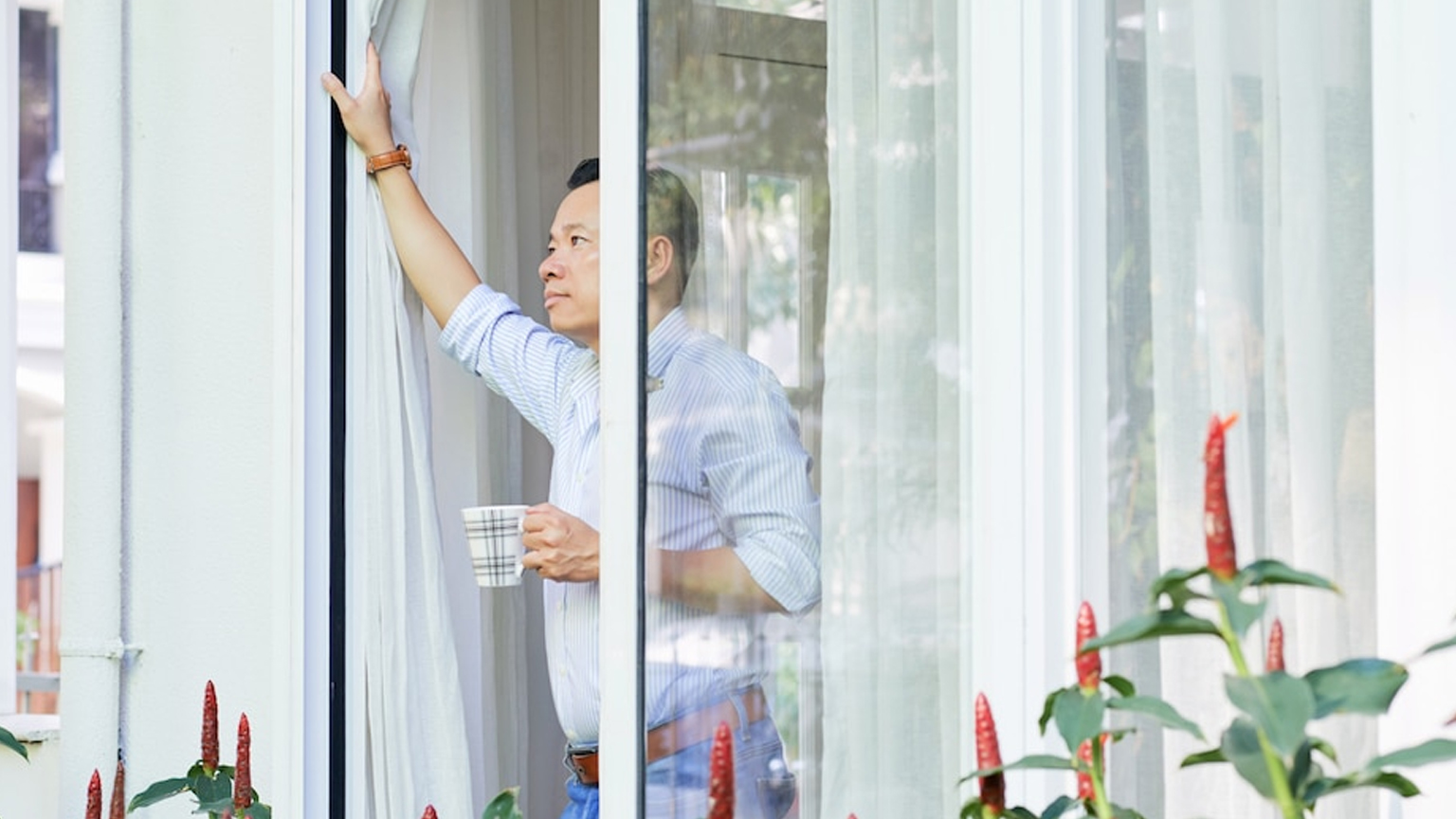
Ventilation, in the simplest of terms, is the process of flushing out stale air and replacing it with fresh air. Good ventilation is necessary not just for breathing, because it affects oxygen levels directly, but also as the oxygen levels are reduced indoors or in any other area, the removal of pollutants, dust, humidity, temperature and odours is also impacted.
Which places need ventilation?
Ventilation is essential, especially in places where machinery is placed and kept running, cooking takes place, bathrooms, etc., These are places where a constant supply of oxygen is needed for burning, cooling, odour removal or humidity control.
The ventilation process is a simple exchange of air between two spaces – typically indoors and outdoors. When this air exchange takes place, heat and humidity exchange, as well as air circulation follows.
How this is done, is through an opening through which air seeps in, or in places where natural ventilation is not possible, it is done through fans. However, when ventilation is done through a mechanical fresh air ventilation system for the home, the combined act of air purification, circulation, humidity and heat exchange gets complex.
We need ventilation in the following places:
- Public spaces – hospitals, hotels, indoor stadiums, gymnasiums
- Offices – Rooms and cabins, restrooms, pantry, common areas
- Factories – Factory floors, rooms with equipment and machinery, laboratories and chemical processing units, storage facilities
- Homes – Attics, storage, kitchen, pantry, dining areas, toilets
Government authorities around the world, like the Occupational safety and health administration in the United States of America for instance, establish set standards for ventilation in a given area. While these are standards that are legally required for employers, factory owners or builders to follow, non-adherence also poses a health and accident risk.
Do we need mechanical ventilation?
Today’s homes are starkly different from what we had a few decades ago. Homes are getting smaller, tighter and crowded, as space becomes a rare commodity. As the urban landscape evolves, to accommodate growing needs, urban planners, architects and builders are also learning and paying closer attention to ventilation and how this affects indoor air quality.
The idea is simple – when stale air or even toxic air laded with pollutants has nowhere to escape it settles down on objects or circulates within the confined space, making the air inhabitants breathe bad.
Types of ventilation:
There are various types of ventilation one can adopt; namely:
Natural Ventilation
We see natural ventilation in simple things like windows and doors, chimneys and exhausts – where the air is brought in or flushed out naturally by showing it a way in or way out. This is the cheapest and most effective way of ventilation.
Full House Fans
Full house fans or whole house fans are ancillary to doors and windows. When windows are kept open, these fans draw air by acting like a centrifuge and push out hot, contaminated air through vents or draughts.
During summer, especially in hot climates like India, whole house fans can help reduce air conditioning costs. This is done by removing the hot air first through the fan, so what remains to be done for the air conditioner is to condition the temperature and humidity,
Ceiling Fans
These are the most common form of mechanical ventilation we see in Indian homes. They are typically installed in each room and act like mini air circulators. The fans force cool air downwards since hot air rises up. The fan circulates the air in the room. During summer it pushes cool air down, and during winter it pushes warm air downwards.
Bathroom Exhaust Fans
These exhaust fans help with ventilation and also odour control and humidity control in the bathrooms. Bathrooms are moist, smelly spaces and ventilation require a different approach in washrooms and toilets. Moist places are a breeding ground for fungi and mould growth and ventilation help remove excess moisture. Even in factory establishments, excess moisture could be a cause of concern, damaging equipment or reducing their efficiency. Fresh air ventilation system for commercial acts like a comprehensive set-up maintaining the right levels of moisture, humidity and temperature in the setting.
Kitchen exhausts
The kitchen exhaust or chimney over the hob is similar to exhaust fans in the bathroom. Kitchens too are spaces where strong odours and moisture content are present. Indian kitchens are specifically spaces where a lot of activity takes place – our cooking has a lot of spices and condiments that have strong odours. Over time, when kitchens have been poorly ventilated these odours even settle down and seep into walls.
Fresh air ventilation systems
These are systems which are a strategic combination of supply fans, exhaust fans, air purifiers, and air conditioners. These devices are customised and set to the place they are placed in. For instance, air conditioning temperature requirements are starkly different in the North East of India than in the South.
To conclude…
Ventilation is vital for homes, offices, factories and any form of closed setting since it directly affects our mood and health. It can be easily achieved through natural and mechanical means.


